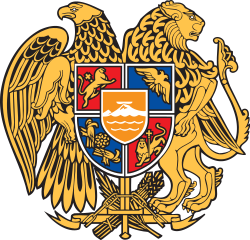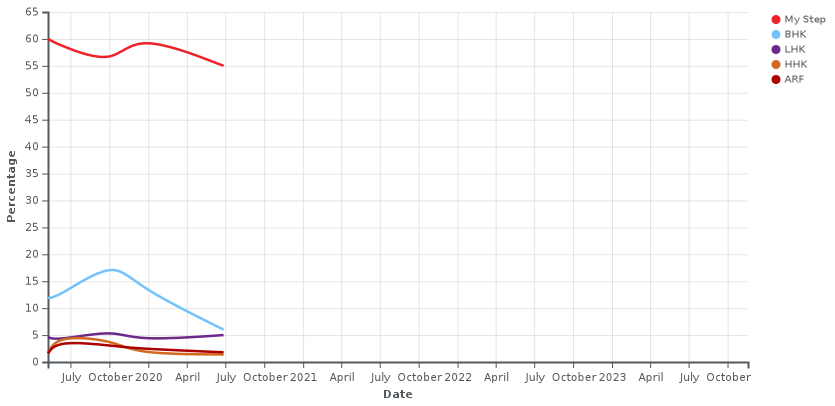Next Armenian parliamentary election
The next Armenian parliamentary election is scheduled to occur on or before 9 December 2023.
| ||||||||||||||||
Minimum 101 seats. Minimum 60 seats are needed for a majority. | ||||||||||||||||
|---|---|---|---|---|---|---|---|---|---|---|---|---|---|---|---|---|
| ||||||||||||||||
| ||||||||||||||||
 |
|---|
| This article is part of a series on the politics and government of Armenia |
|
|
Related topics |
Electoral system
The 101 members of the National Assembly are elected by party-list proportional representation. Seats are allocated using the d'Hondt method with an election threshold of 5% for parties and 7% for multi-party alliances.[1][2] However, a minimum of three political groups will enter parliament, regardless of the performance of the third-best performing party or alliance.
The ballot paper has two sections; one of which is a closed list of candidates for the party at the national level and the other an open list of candidates for the constituency (of which there are 13) that the voter is voting in. Voters vote for a party at the national level and can also give a preference vote to any of the candidates for the same party in a district list.[2] Seats are allocated to parties using their national share of the vote, with half awarded to those on the national list and half to those who receive the most preference votes on the district lists.[2] Four seats are reserved for national minorities (Assyrians, Kurds, Russians and Yazidis), with parties having separate lists for the four groups.[2] A gender quota requires at least 25% of a list to be male or female, and nationwide lists can't include more than three consecutive members of the same gender.
If a party receives a majority of the vote but wins less than 54% of the seats, they will be awarded additional seats to give them 54% of the total. If one party wins over two-thirds of the seats, the losing parties will be given extra seats reducing the share of seats of winning party to two-thirds. If a government is not formed within six days of the preliminary results being released, a run-off round between the top two parties must be held within 28 days. The party that wins the run-off will be given the additional seats required for a 54% majority, with all seats allocated in the first round preserved.[2]
Opinion polls
| Date | Pollster | My Step | BHK | LHK | HHK | ARF | ST | AD | HP |
|---|---|---|---|---|---|---|---|---|---|
| 10–27 June 2020 | MPG | 55 | 6 | 5 | 1.4 | 1.8 | 0.1 | - | - |
| 9 Nov-1 Dec 2019 | MPG | 61.3 | 14.2 | 3.9 | 1.5 | 2.5 | 1.1 | - | - |
| 20 Sep–13 Oct 2019 | IRI | 55 | 19 | 6 | 4 | 3 | - | 1 | 1 |
| 6–31 May 2019 | IRI | 59 | 12 | 4 | 5 | 4 | 1 | - | - |
| 30 Apr–9 May 2019 | MPG | 60 | 11.9 | 4.6 | 1.6 | 1.6 | 1.21 | - | - |
| 9 Dec 2018 | Parliamentary elections | 70.42 | 8.26 | 6.37 | 4.70 | 3.88 | 1.82 | 1.00 | 1.00 |
